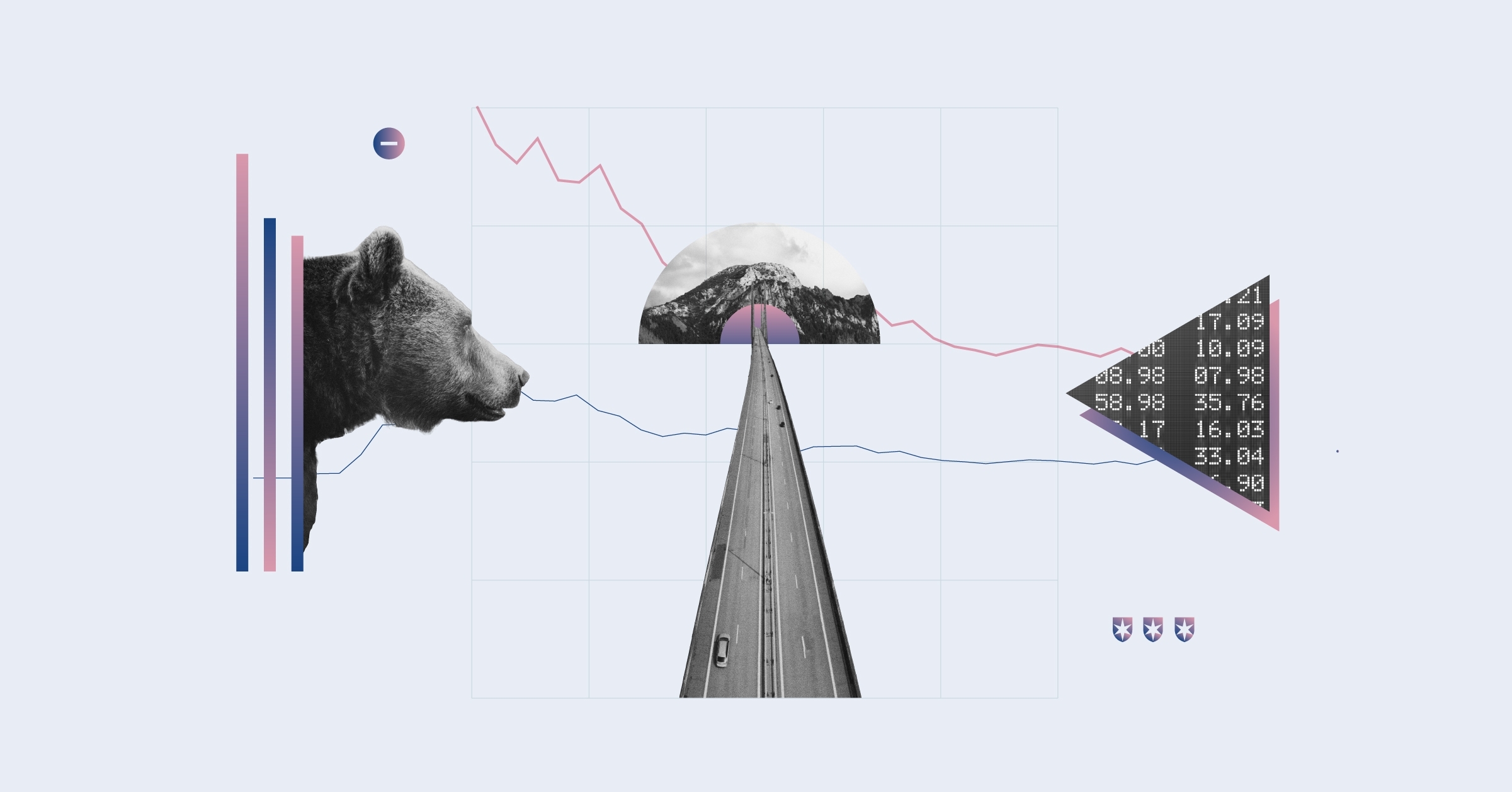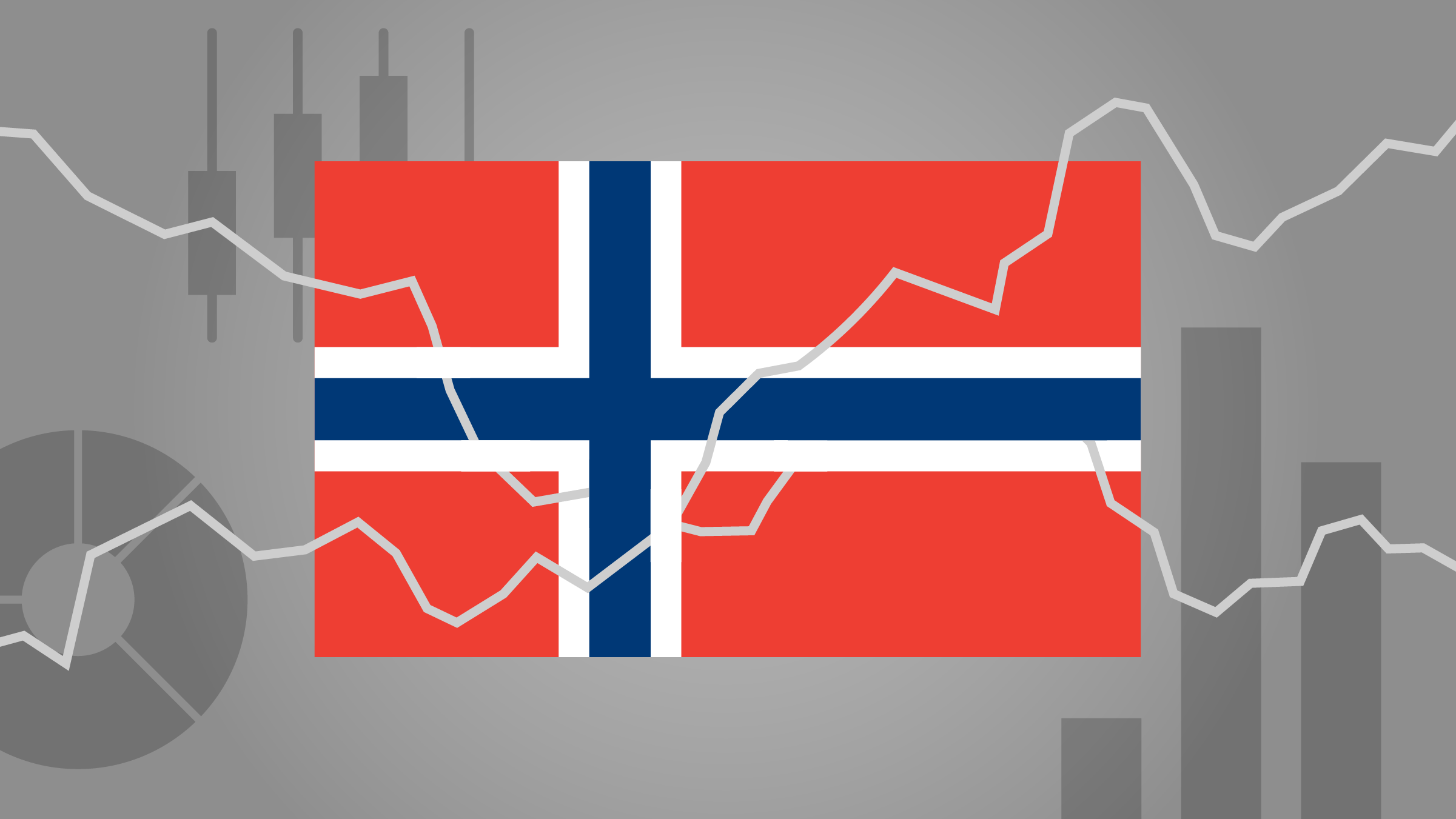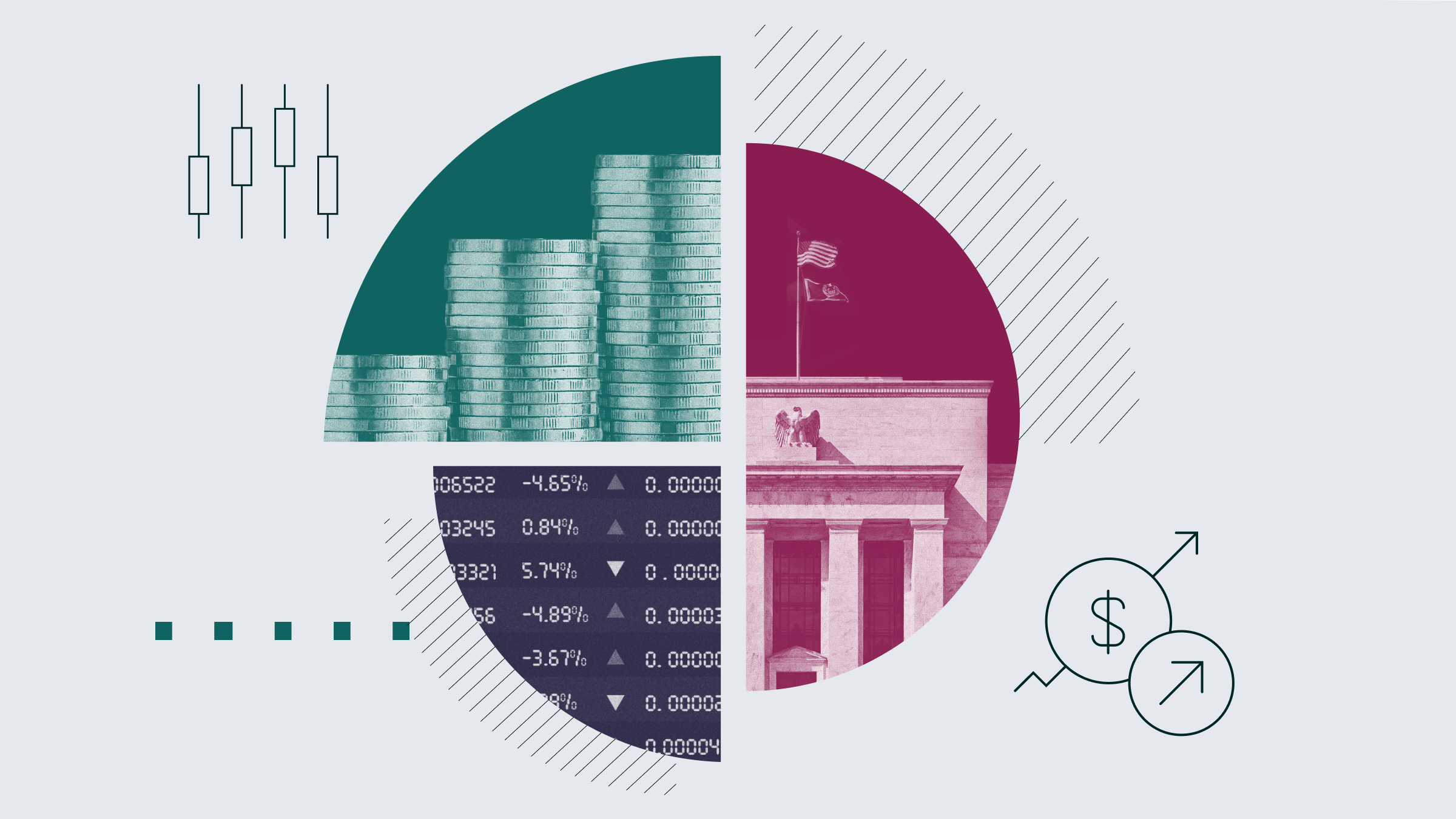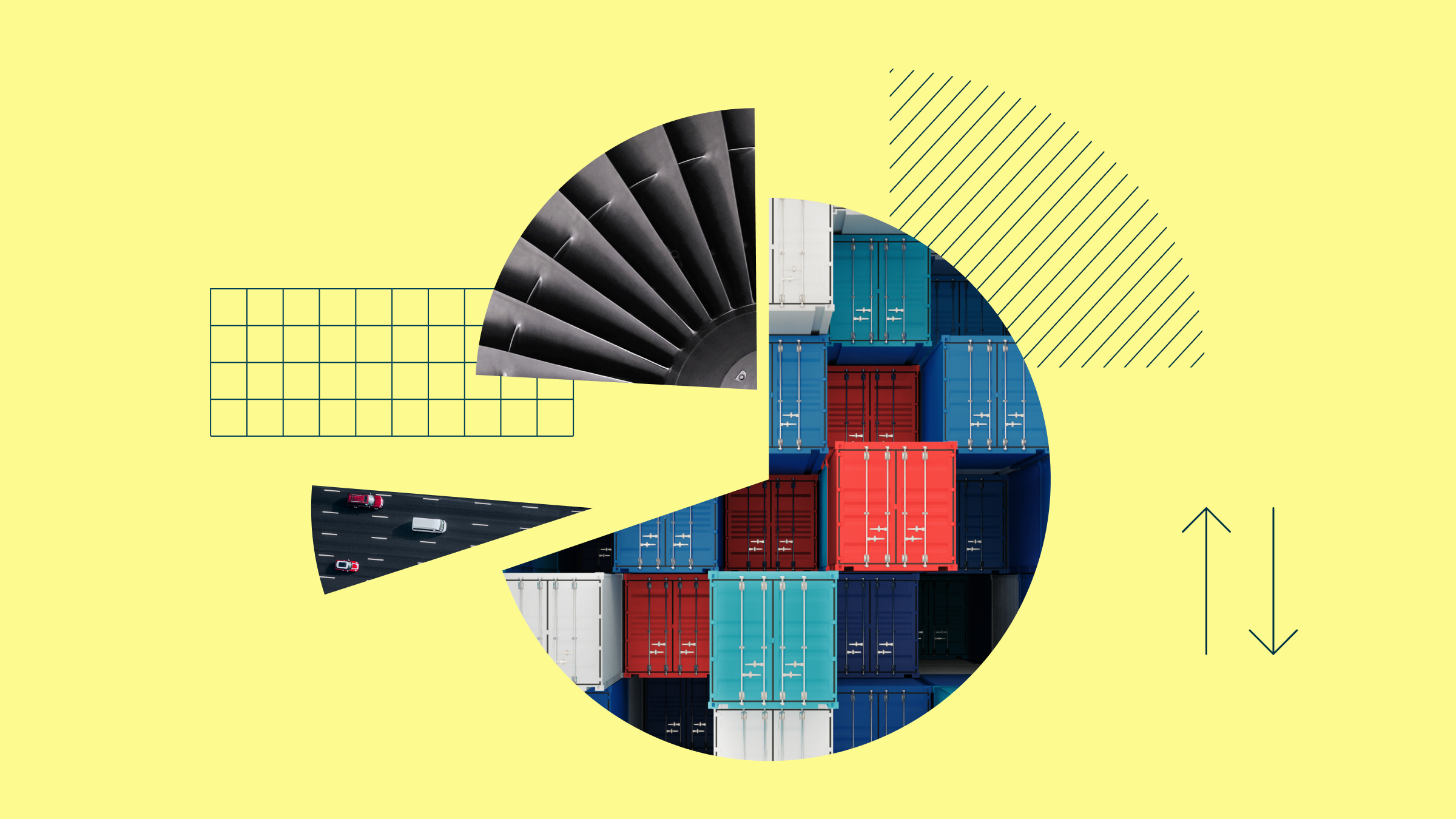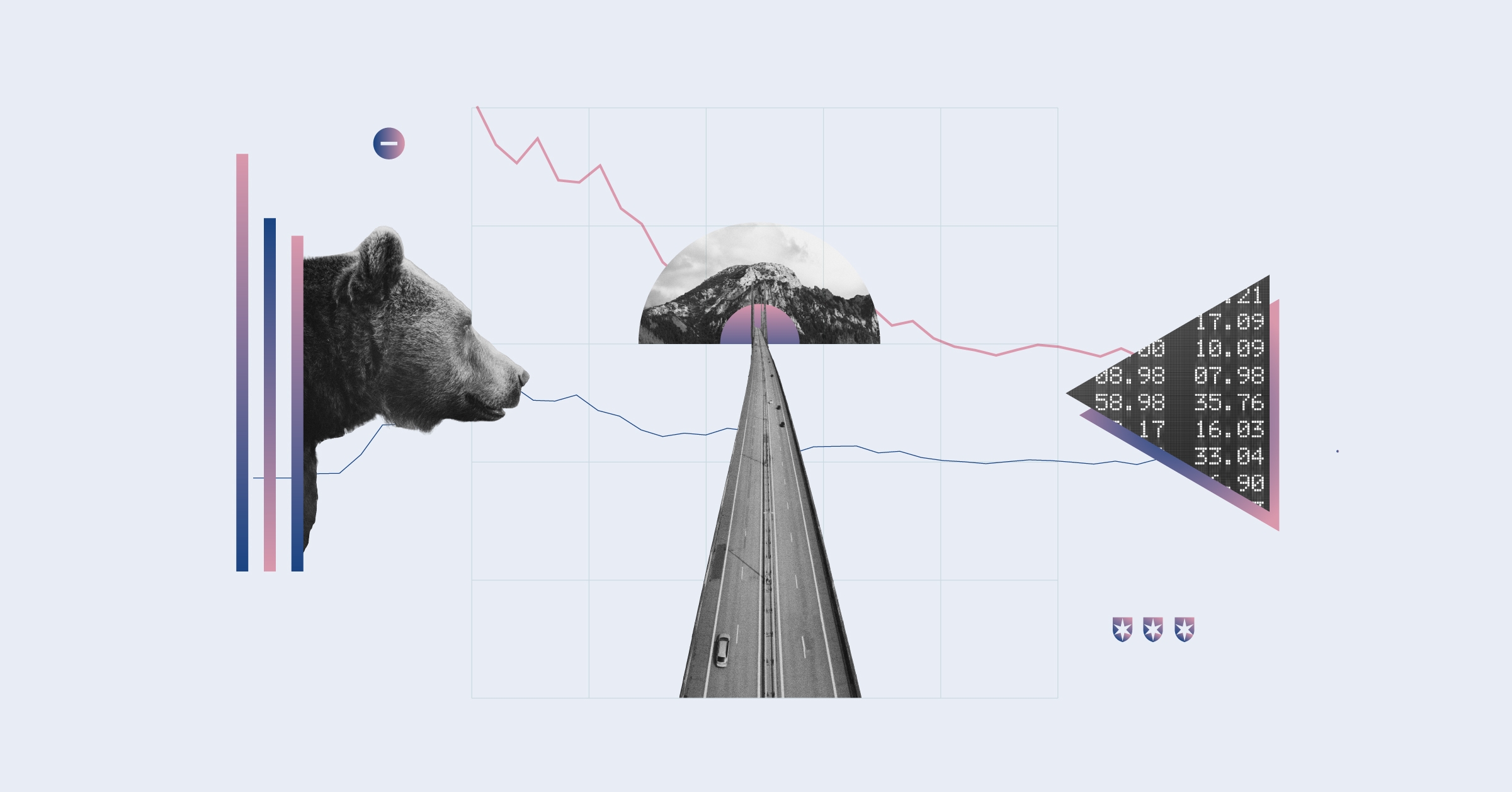Jason Stipp: I'm Jason Stipp for Morningstar and welcome to The Friday Five: five stats from the market and the stories behind them. Joining me, as always, with The Friday Five is Morningstar markets editor Jeremy Glaser.
Jeremy, thanks for joining me.
Jeremy Glaser: You're welcome, Jason.
Stipp: So what do you have for the Friday Five this week?
Glaser: We're going to look at 140, $100 billion, 6.9%, $10 billion, and finally $2 billion.
Stipp: 140 points refers to the size of a brief, but deep drop in the market on Tuesday. What was behind that and what are the implications, if any?
Glaser: We did have bit of a "tweet retreat" on Tuesday, when the Dow fell 140 points after the Associated Press' Twitter feed was hacked and message was put out saying that there had been a terrorist attack in Washington.
Unlike the flash crash, where the cause of that very sharp decline and rebound was somewhat of a mystery for a long time, and took a lot of investigative work, this is slightly less concerning than that, because we know exactly what caused it. It was this tweet of information that would have had profound market effects if it had been true. And then once it was clear that it wasn't [true], the market regained that ground very quickly. That makes it maybe a little bit less disconcerting to individual investors.
But I think it is another sign to show that things like stop-loss orders really can be a potential issue when you have these little dislocations like that aren't based on real economic news, and you can end up being sold out of a position that you didn't really want to be. I think this is another sign that those might not be the greatest choices for almost all investors.
Stipp: $100 billion refers to amount of cash that Apple is going to be giving back to shareholders. Is this the only bright spot in an otherwise somewhat troubling report?
<TRANSCRIPT>
Glaser: I wouldn't say it's the only bright spot for Apple during the quarter, but it's probably the most important for shareholders over the long term, with Apple saying that through 2015 they're going to return $100 billion to shareholders predominantly through share buybacks and less so with dividends.
I think the way that they're going to raise this cash is also somewhat interesting. The talk of Apple's cash pile sometimes obscures the fact that a lot of that cash is stored overseas. In order to get the domiciled cash from overseas into the United States, they'd have to pay a pretty hefty repatriation tax. So instead of doing that, Apple is actually going to borrow money in the debt market. Our analysts think they're going to be able to borrow at a very attractive rate, likely sub-3%, and then use that money to buy back shares and to give that dividend without having to pay those taxes. This is probably a smart move from them, given how low their borrowing costs are, and they hope, at least, it will silence some of the critics saying that their cash pile is just unreasonably large--that it's more money than they're ever going to be able to spend.
In terms of the quarterly numbers, they're right around expectations. The big question mark now is on the launch of the next iPhone. If it's going to be in the fall, like Tim Cook seemed to hint in the call, that could mean that some folks who are up for renewal over the summer will look at some competitors, and that will be a real key test to see just how sticky that iOS ecosystem is.
Stipp: 6.9% is the earnings increase for UPS in the first quarter. This firm often is seen as a bellwether for the larger economy. So what's their economic outlook look like?
Glaser: You're right. UPS had a good first quarter. They said January was particularly strong in the United States. But even though they beat their own internal expectations for the quarter, they didn't raise their guidance for the rest of the year. One of the reasons they didn't do this is because of the uncertain economic outlook. They really said that the United States is growing at 2% a year, that it's slow, but steady growth. They're not terribly worried about the U.S. market. But in Europe, things are very sluggish. They're not seeing a lot of economic activity or any growth at all in that area. They also pointed to extreme uncertainty in Asia, and that there might be a sign of slowing down, but it's not 100% clear which direction those Asian economies are going, either.
I think this jibes with a lot of what we've seen in economic data. It jibes with what we've heard from some other firms--that there are still some problems in Europe, that Asia is that big question mark, and that the United States keeps slogging along.
Stipp: $10 billion is the total amount of cost-cutting that P&G had hoped to get done. They reported this week. How is the progress on that big project?
Glaser: P&G really is having a very uneven recovery, and this quarter's results show that that is continuing to be somewhat uneven.
They had a fine quarter. There was nothing alarming in any way. But their $10 billion of cost cuts are coming a lot through headcount reductions--that's going to happen relatively soon, is happening this fiscal year--and also through some efficiencies in terms of manufacturing process and other things that they're doing.
This is an important step for them, but they also need to continue to invest in their brands. Our analysts Erin Lash, who covers P&G, still thinks the firm has a very wide moat, that they have great brands, that they have great distribution, they have great scope and scale, and that they will be able to continue to use those advantages. But they need to continue to invest in their products, continue to have new innovation, get consumers excited about that new type of shampoo and willing to spend a little bit more for it versus what they've been buying before.
That's the kind of innovation we just haven't seen from P&G in the relative recent past. Until they start seeing some turnaround in their sales, it will be hard to say that this effort for them has been completely successful.
Stipp: $2 billion refers to Ford's expected loss in 2013 in Europe. This is just another sign of all the worst that we're seeing overseas?
Glaser: It really is. Ford had a decent quarter in North America, a great quarter in North America really. They're seeing their sales accelerate. Americans are buying cars, and that had been definitely a bright spot for Ford.
But when you look overseas, the European results have been much, much weaker. They lost $1.8 billion in 2012; it looks like they're going to lose $2 billion in 2013. And it's not that the company is sitting idly by. They're going through some pretty aggressive restructuring plans, according to our analyst Dave Whiston, who is taking a look at them. He thinks that they could have the potential to be successful, but with the auto market really in free-fall--Dave Whiston describes it almost as a depression in European auto sales--it's hard to make that turnaround work. New registrations are falling in almost all of the European countries--the periphery and the core. Buying a new car is just not at the top of most Europeans' lists right now.
And I think that just underscores some of the economic problems that are happening in the eurozone, in broader Europe right now. Ford isn't immune to that, but fortunately for them, the North America sector is doing so well and is producing enough cash that they're able to ride this out, make that restructuring, and hopefully be well-positioned for when that market turns around in the years to come.
Stipp: Five stats, five interesting stories. Jeremy, thanks for taking us behind the numbers again this week.
Glaser: Thanks, Jason.
Stipp: For Morningstar, I'm Jason Stipp. Thanks for watching.






